#やるよやるよやるよやるよ
Explore tagged Tumblr posts
Text

🫳🦭💕
#でも自分自身を表現できないことが暴力につながることを私は個人的に知っているよね。ね。はっきりしているのね。#もう5時だ!!!!!#もうできない.#クソリスもう殺すぞ#やるよやるよやるよやるよ#っっっっっっもうううううううううううううう#🤪
1 note
·
View note
Text

幸せなねこようびを🐾
「猫と蝶々🐈⬛🦋」
Have a happy caturday🐾
”Cat and Butterflies 🐈⬛🦋“
#深山まや#mayamiyama#イラストレーション#illustration#삽화#ねこようび#caturday#cat#고양이#猫#catlover#猫と蝶々#猫のイラストレーション#猫のいる暮らし#愛猫家#catandbutterflies#cat illustration#spotillustration#monochromeillustration
170 notes
·
View notes
Text
ブログを更新しました。 【メンタルエイド】 BRAND-NEW MUSIC DAYS 今回の考察であなたの心に届けたい楽曲は、米津玄師さんの「さよーならまたいつか!」です。 2024年NHK朝ドラ「虎に翼」���題歌として発表されて以降、ドラマ終了後もなお高い人気を博すこの曲。 歌詞の意味を徹底考察し、伝えたい想いの本質をお伝えします。
61 notes
·
View notes
Text
I can't help to think about this
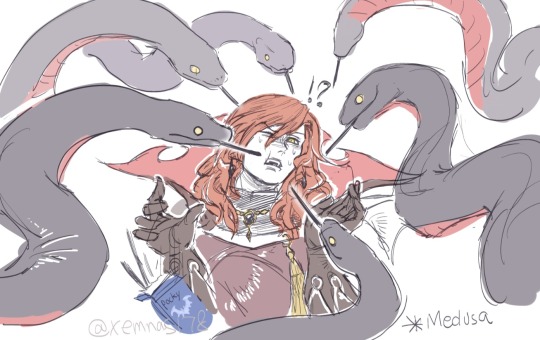
pocky game↓

#why it looks so やばい#walter bernhard#castlevania#lament of innocence#ずるいよメディウサ#don't play pocky game with a mutihead person#真•一口一個
72 notes
·
View notes
Text

クロロ☆彡
34 notes
·
View notes
Text
#3 Yoshida Akimi's 1985 The Making of Bobby's Girl interview
Please check the interviews masterpost here.
Yoshida Akimi & Matsumoto Takashi “I was brimming with curiosity and I still do”
Manga artist Yoshida Akimi and lyricist Matsumoto Takashi have a talk for the "making of book" of anime movie “Bobby ni Kubittake”. This is the first meeting of this busy pair. Yoshida-sensei, who had just gotten her driving license, and Matsumoto-san who likes motorcycles have a discussion on driving, among other things.
Winter of 1985.
About “It started as I was gazing upon Tokyo under a cloudy sky”.
First published: 1985, “The Making of Bobby’s Girl” (Kadokawa Shoten)
Matsumoto Takashi (Lyricist) Born on 16 July 1949. He has been active in the band Happy End along with Ohtaki Eiichi, Hosono Haruomi and Suzuki Shigeru since his student days. His first work as a lyricist is “Natsuiro no Omoide” for Tulip. After that, he created many popular songs for Matsuda Seiko, KinKi Kids and Nakagawa Shouko.
Yoshida: You worked on Eiichi Ohtaki-san’s “Niagara” albums, right? Nagai Hiroshi-san did the artwork for those. Those works of yours have left a strong impression on me, Matsumoto-san.
Matsumoto: You mean “A Long Vacation”, right? That was the most natural work of mine.
Yoshida: When you write lyrics, how does it go? Do you write them while making up a story?
Matsumoto: I don’t really know how I write them (laughs). When I’m satisfied with what I have, it’s like when only the last scene of a movie flashes before your eyes. You only have 3 minutes to sing, and I can’t write everything from 1 to 100, so I only write from 1 to 12, and if possible, those 100 lingers in my head. I like that feel the best. I can never do it that well though (laughs). More often than not, what I come up with is similar to placeholders, makeshift products.
Yoshida: I see.
Matsumoto: In Japanese poems and songs, there’s often a lyrical description of one’s feelings. There’s nothing descriptive or narrative, so I sometimes experiment with that. When I do, they might be vague, but I still write stories inside my head.
— What about Yoshida-san? Do you decide on the story until its very end and then write?
Yoshida: Well, I must that... But during serializations, there are times when I don’t think about the rest of the story at the very beginning (laughs).
Matsumoto: So you make it up as you go along (laughs)?
Yoshida: They seem to decide how long the serialization would be for other artists, but my situation is more uncertain. Nothing is decided from the beginning (laughs). The only thing I know is the fact that I will have a serialization, but I have no idea how long it would be or what it will be. So, I pretty much don’t talk to the editors about that stuff either. Because I don’t think about anything until right before the start of serialization (laughs).
Matsumoto: Do you only decide on the opening setting and the characters?
Yoshida: Yes, I can’t do without those, so I make sure to at least present them.
Matsumoto: Was it California Monogatari? That was pretty long.
Yoshida: That was the same, I hadn’t decided on anything at the beginning. They asked me if I could wrap things up in 4 chapters or so, and I drew it with that in mind. When it got popular, they asked me if I could continue, and that’s how it got longer and longer. And then, it abrubtly ended. When I said I would be ending it in the next month’s issue, my editor was like “What?”. I ended it with this single sentence: “But there is nothing left to draw!” (laughs) I was like, if you don’t like it, you can try drawing it yourself (laughs).
Matsumoto: You are harsh.
Yoshida: Have you ever had a writer’s block?
Matsumoto: I have one all year round (laughs).
— You have deadlines, don’t you?
Matsumoto: No work can truly begin without deadlines. So, sometimes people say “bring it when you’re done”. Then I would not get it done for eternity. I prioritize those who pester me the most.
Yoshida: You’re right. I’m the same. I start with the ones who call me the most frequently.
— What are you like when you are at the end of your rope? For instance, what do you do have a change of mood?
Yoshida: Hopping in my car and going for a drive is nice. Ideas keep coming to mind when I’m about to get into an accident (laughs).
Matsumoto: Do you like cars?
Yoshida: I just got my driver’s license, that’s why I find it fun. Many unexpected things happen.
Matsumoto: Do you go on drives alone?
Yoshida: I used to go alone. But now my friends live in my neighborhood, so I have them come with me, or they take me along.
Matsumoto: Where you go? Hakone?
Yoshida: We don’t go all the way there. We stop at Shonan. We only do short drives.
Matsumoto: At night?
Yoshida: Right, at night.
Matsumoto: We are doing the same thing (laughs).
— Matsumoto-san, do you also getthe sudden urge to go on drives at night?
Matsumoto: Yes, but of course, I can’t do that in winter (laughs). But I do in summer. Because I’m into motorcycles too.
Yoshida: How nice! I’m thinking of getting a driving license for motorcycles.
Matsumoto: I think you shouldn’t.
Yoshida: I shouldn’t? Is it that scary?
Matsumoto: It is dangerous. That’s why I never recommend it to anyone. It’s just like smoking and how you tell people who have never smoked to never try it. There’s nothing to be done about people who already ride bikes. Telling people who ride motorcycles to stop is hard (laughs). I can’t stop either.
Yoshida: Kataoka-san said the same. After driving a car, I have started to think that driving is indeed dangerous. Like, you can get trapped in the car.
Matsumoto: When you are in a car, if someone were to slam into you from the side, only the car would be crashed in. But when you are on a motorcycle, in case someone crashes into you from the side, you’d fly away about 5 meters. If you’re careless enough to use the front brakes, you’ll overturn.
Yoshida: The back wheel would be up in the air.
Matsumoto: Even if you were to crash into a stopping car, you would still be flying in the sky (laughs), depending on your speed.
Yoshida: Now that’d be a disaster. One of my friends crashed into a stopping truck, and she was severely injured. She was wearing her helmet, but she says as she was thinking “wow, I’m swimming through midair”, the next thing she knew was that she was lying on a hospital bed.
Matsumoto: That’s what I’m talking about. I had two accidents myself. It was the other party’s fault though.
— Did you also fly?
Matsumoto: I did. It was only 2-3 meters, but I thought, “yeah, I am flying” (laughs).
Yoshida: Even when you are wearing your helmet, if you hit your head, you would still lose your memories, right?
Matsumoto: When I was a first grade student, I was hit by a motorcycle. I almost died back then, but when I came to, my mother and father were looking at me.
— Were you scared of motorbikes after that?
Matsumoto: I was so scared of them. I began to ride them only recently. After reading Kataoka-san’s “Kare no Ootobai, Kanojo no Shima” (His Motorbike, Her Island), I thought they were interesting.
Yoshida: When you read Kataoka-san’s novels about motorcycles, you start to want to ride one. They say the wind smells different on a motorcycle, right?
Matsumoto: Do you go to Tanzawa in your car?
Yoshida: I’ve never been to Tanzawa.
Matsumoto: I was going there quite often about 3 years ago, Tanzawa is fun.
Yoshida: But aren’t mountain roads scary if you’re not used to them?
Matsumoto: They are. When you go there in winter, the road suddenly freezes and all. Those roads are in forests, after all.
Yoshida: Oh, so there’s that kind of roads there.
Matsumoto: At first, I bought a 50 cc off-road on impulse, and went to Tanzawa with that. In the middle of the night (laughs).
Yoshida: In the middle of the night!
Matsumoto: I am a weirdo, aren’t I (laughs). The off-road part starts after climbing to the top of the mountain. But the thing is, by the time you reach the top, the motorcycle overheats (laughs). So, I stopped right there. The lights had gone out of sight, and it was pitch black. It’s a forest road, so there are no vehicles passing by. The moon was blindingly shining, and I was thinking to myself, “wait, weren’t there bears on Tanzawa?”.
Yoshida: Were you not afraid? When your engine didn’t work?
Matsumoto: Of course I was. My engine was not running no matter what I did. But it was my first time riding so it was fun, so there was nothing to be done.
Yoshida: I see. It’s like a toy, isn’t it? I was also scared. When I went to Hakone, I thought that mountain roads were super scary. You can’t tell what lies ahead. And everyone’s using their high beams. When you turn on curves, the lights flash directly in your eyes, and you can’t see the center line (laughs). When I was turning at the curves, I was making sounds with my tires (laughs). That was so scary.
Matsumoto: How many years have it been since you got your driver’s license?
Yoshida: Not years, it’s just been a couple of months (laughs).
Matsumoto: Okay, that’d be scary then. The first two years are dangerous.
Yoshida: Yeah, then you get used to it.
Matsumoto: Yes, real big accidents happen after 5 years pass. And after 10 years, pretty much nothing happens. I got my driver’s license when I was 18. It was pretty terrible until I turned 20. I was driving 100 km/h in Shonan on a rainy day and I did a spin, I thought I’d die that day.
Matsumoto: You have a manga called “Kawa yori mo Nagaku, Yuruyaka ni” (1). Is it still ongoing?
Yoshida: Yes, but I’m on a break right now.
Matsumoto: When I read it, I remember my boyhood days (laughs). Did you imagine it all?
Yoshida: No. Part of it is made-up though. Of course, I have listened to stories of my male friends who went to all-boys schools too.
Matsumoto: Ah, I see.
Yoshida: But if you ask Shibuya Youichi-san (2), it’s “a story about an all-girls high school disguised as an all-boys high school”. When I stopped and thought about it, I said maybe he could be right. For starters, I am a woman, so I don’t know the world of men. I’ve always been worried that I was merely reflecting their world as seen by the eyes of a woman. But I also think that boys and girls are not much different in that regard, during those years of life.
Matsumoto: Yes, they aren’t much different. What I write are mostly songs for men, aren’t they (laughs)? They tell me I really understand women’s feelings, that’s really embarrassing (laughs). What I’m doing is also only changing the pronouns.
Yoshida: The essence of it all doesn’t really change.
Matsumoto: When I was in high school, our school trip was really fun, because I was in an all-boys school. When we arrived, junior college students from Tokyo were staying at the inn next door. So we sneaked out through the bath while holding our shoes, and followed the river.
Yoshida: To peep on them?
Matsumoto: Not to peep on them, but to hang out with them (laughs). When you pass the bridge, you wave your hands, right? Someone yelled “We are going out to play!”, and we just slipped out, but there was no one in the room that was our target (laughs). Then someone said, “let’s check the neighboring room!”, and then we went to a completely unrelated room. We hit it off with them, and went to a bar. We did some cheek-to-cheek dance, and returned (laughs). I have lots of heroic tales like that. And then, you also have to have a smoke. If we smoked at a café, we would be found out right away because our teacher was doing the rounds. We said that would be too dumb, so where do you think we went?
Yoshida: Huh, no? Where did you go?
Matsumoto: We went inside a beauty parlor.
Yoshida: A beauty parlor?
Matsumoto: We had our hairs washed, and we smoked all the while.
Yoshida: Just because you wanted to smoke?
Matsumoto: We also did a tour of all-girls high schools’ cultural festivals (laughs). I did festival hopping with my friends.
Yoshida: We went to other schools’ festivals a lot too.
Matsumoto: We each had a quota, and you were required to get an invitation to such-and-such school’s festival. That’s how it worked. Everyone got invitations for one or two festivals, and when we got together as a group of 3-4 guys, we could pretty much cover everything. There were popular schools.
Yoshida: Like ones who has the cutest girls (laughs)? Right, that must be the reason why pick those (laughs).
Matsumoto: Yes (laughs)!
Yoshida: Guys from my school too went to all-girls schools’ festivals a lot. They said stuff like the girls of co-ed schools were no good. We wouldn’t let them back into the class after saying things like that (laughs).
Matsumoto: Co-ed schools are much more interesting, right?
Yoshida: Yes, it was so much fun. Ours was a metropolitan high school, so we didn’t have a uniform. It felt more like a university. You could even go to cafés dressed like that.
Matsumoto: When our classes ended early and we wanted to ask friends from other classes out, we used to yell out the name of the jazz café at Jiyuugaoka in the hallway (laughs). The others were still in class, mind you (laughs). “We’re waiting for you there!” (laughs). And they would get the message.
Yoshida: That brings back memories. Speaking of Jiyuugaoka, when I was commuting to school back in elementary school, on my way back, don’t forget I was in elementary school, I got off the train there and went into cafés (laughs).
Matsumoto: How scary (laughs).
Yoshida: Now that I think about it, it is indeed scary. But I still did it. Of course, I didn’t smoke.
Matsumoto: But of course (laughs)!
— Did you just walk in and drink coffee or something?
Yoshida: Yes, like on the second floor of the building facing Peacock. Or like Mont Blanc. Imagine 5-6 elementary school students going in as a pack, and ordering coffee or black tea…
—How old were you then?
Yoshida: I was in the 6th grade of elementary school. Well, you should be scared of city girls (laughs).
Matsumoto: Yes, you should (laughs). When I was in junior high, we had short pants for our uniforms.
Yoshida: Oh, really?
Matsumoto: I believe it is abolished now. So, when we wore coats in winter, we looked so pitiful (laughs).
Yoshida: I think I somehow understand that.
Matsumoto: And my grandma still asks me what's with me showing my legs (laughs). And when I tell her the reason why, she gets angry.
Yoshida: Why does she get angry?
Matsumoto: I wonder why… Short pants are weird, I guess. They might look rebellious to her (laughs). Anyway, they are lame. They weren’t even shorts, they were right above your knees.
Yoshida: They give an impression of Britain’s public schools.
Matsumoto: Yes, but from the first year of junior high and onward, everyone has hairy legs (laughs). That wasn’t a nice sight to behold. Everyone only wore them seriously for 6 months or so at first. In high school, we had a uniform with a stand-up collar.
Yoshida: Many different styles were in fashion back then, weren’t they?
Matsumoto: They were frying hats on frying pans (laughs), and flattening them.
Yoshida: Carrying slim bags were so popular, we were flattening our bags with all out might. We did all sorts of stuff.
A manga that has won the 29th Shogakukan Manga Award. Published in Petit Flower and June between 1983 and 1985. Taking place in a city modeled after the military base city Fussa, it is the realistic and comedic story that portrays the life of a high school boy. ↩︎
Born in Tokyo in 1951. A music critic. An editor. Founder of rockin’on Corp. His works include “Rock Best Album Selection”, “Rock Bibunhou” (Rock Differentiation). ↩︎
#yoshida akimi#akimi yoshida#吉田秋生#interview#translation#yoshida interviews#bobby ni kubittake#bobby's girl#bobby's in deep#ボビーに首ったけ#80s anime#madhouse#matsumoto takashi#takashi matsumoto#松本 隆#california monogatari#カリフォルニア物語#kawa yori mi nagaku yuruyaka ni#河よりも長くゆるやかに
22 notes
·
View notes
Text








33 notes
·
View notes
Text
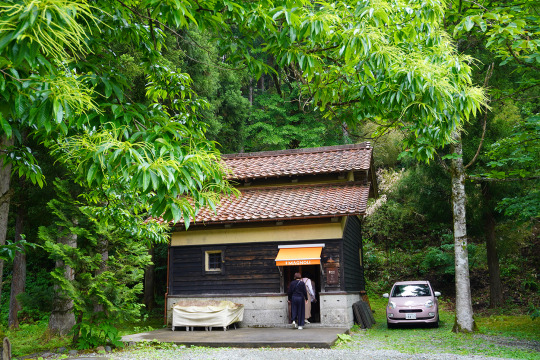
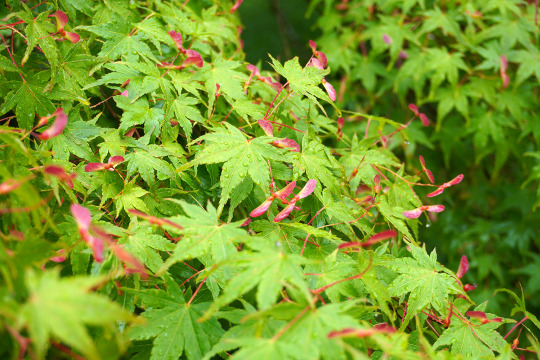
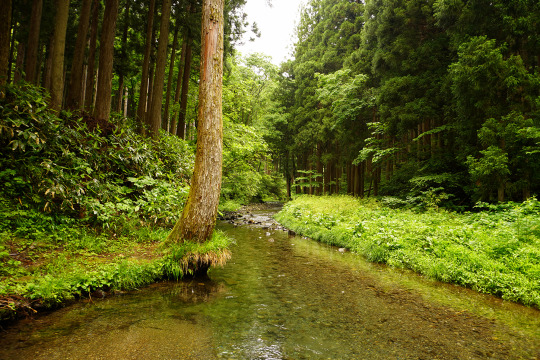
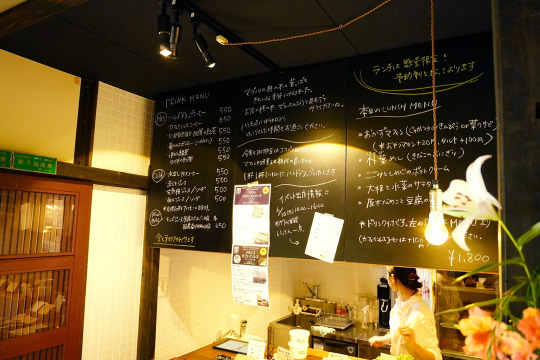
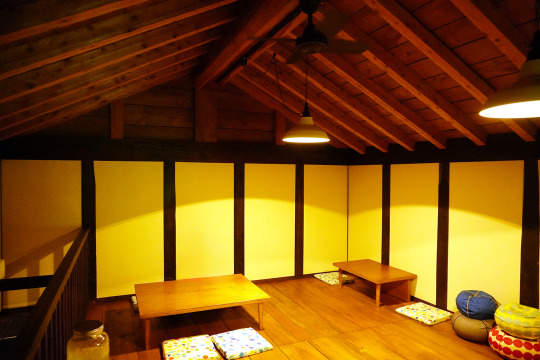
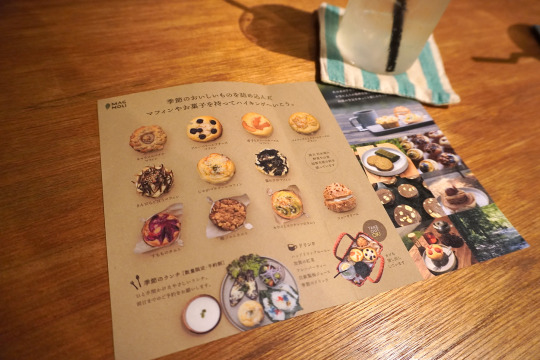
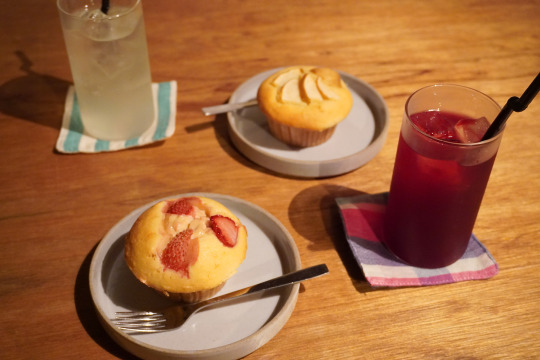
2024.06.02(日)
ハイキングカフェ「MAGNOLI」(マグノリ)
土日祝日、ときどき金曜のみ営業しているカフェ。
加賀市の九谷ダムの先にある山間集落「杉水」(すぎのみず)にある。
「ここまでお客さんて来るの?」と思うような僻地で営業していたが、杞憂であった。11時の開店と同時に車が次から次へとやってきた。知る人ぞ知る人気店のようだ。
ランチは予約制らしいので、それぞれ「苺とレアチーズマフィン」と自家製赤じそジュース、「林檎とクリームチーズマフィン」と柚子サイダーを注文。
マフィンも飲み物も美味しかったので、次はランチを食べたいねと話して店を出た。
37 notes
·
View notes
Text

. 『やっぱ君だ / It’s You After All』展覧会🎨 【✨ドローイング作品紹介✨】 うしろ向いてるように見えるけど、本当は応援してるよ。 LOOKS LIKE I TURN MY BACK ON YOU BUT MY HEART IS TRULY WITH YOU. เหมือนจะหันหลังให้ แต่จริง เชียร์อยู่ข้างใจ ⟡.· ┈┈┈┈┈┈┈┈┈┈⟡.· 展覧会概要 タイトル: 『やっぱ君だ / It’s You After All』 https://ift.tt/AWhILp4 📅 会期:2025年3月28日(金)~5月4日(日) 🕛 時間:12:00~18:00(休廊:月曜・火曜) 📍 会場:Gallery KIDO Press 〒102-0074 東京都千代田区九段南 3-3-3 ヨコヤマビル 1F #ウィスットポンニミット #タムくん #やっぱ君だ #ItsYouAfterAll #KIDOPress #展覧会 #アート #東京 April 07, 2025 at 08:05AM via Instagram https://instagr.am/p/DIH3e6-TiAb/
7 notes
·
View notes
Text
スマホを買ってもらいました!!!
ここで困ったことが発生…!
なんと、私がラインに登録したせいでお父さんのラインアカウントが消えてしまった…!
復元の仕方がわからないです!
今すぐ教えてください!!!
お父さんからの一言(本人は書いてません!)
父:しょうがないよ。俺が悪い。
だそうです。
(おまけ)
私のラインアカウントも初期化されたよ(ლ(´ڡ`ლ)テヘペロ
9 notes
·
View notes
Photo
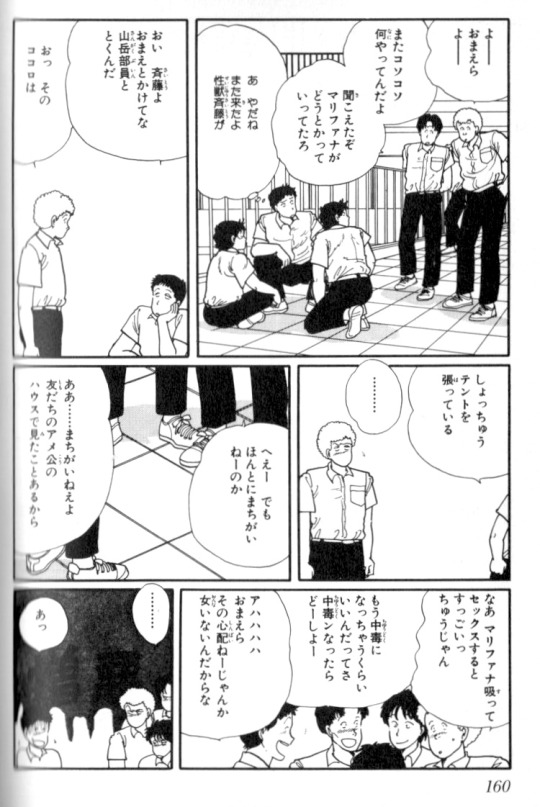
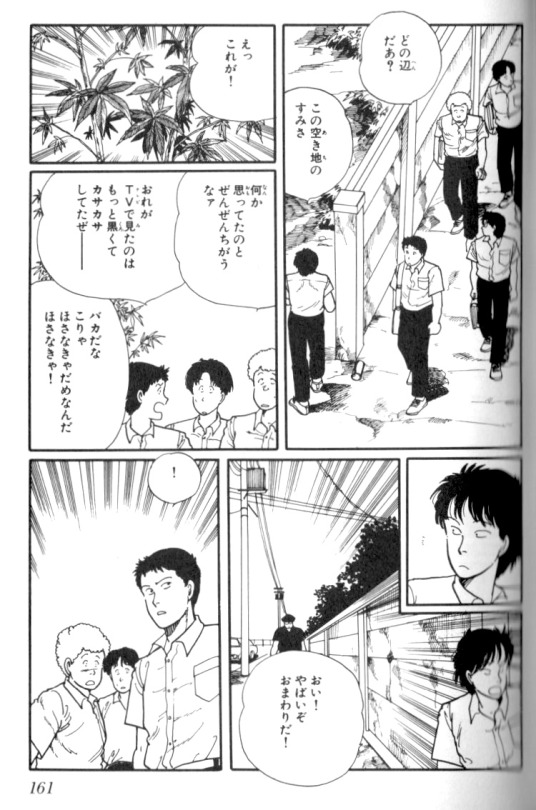
「河よりも長くゆるやかに 〜 大麻畑でつかまえて」吉田秋生 / Akimi Yoshida
(via 吉田秋生「河よりも長くゆるやかに」 | Tokyo Dragon Road)
10 notes
·
View notes
Text
Kohane sits at her usual spot, near the train station, feeding the pigeons. Winter is approaching, the sky getting darker by the second. Sigh...
8 notes
·
View notes
Text

The Pictural Heart-Sūtra
The E-shin-gyou is a pictorial version of the Heart Sutra. It was invented in the Edo period to fulfill the wishes of "people who could not read" who wanted to share in the merits of the Heart Sutra.
絵心経とは、絵であらわした般若心経のこと。江戸時代、般若心経の功徳にあやかりたいという「字の読めない人々」の願いをかなえようと工夫されたものである まず摩訶には、逆さまにした釜の絵をあてる、般若は、能などで使う般若の面である、波羅には、腹の絵をもってくる、蜜多は農具の箕と田んぼの絵をつなげて箕田と読ませる、心経の部分に来るのは、神前にたてる神鏡という按配で当て字ならぬ当て絵で表記されたもので重宝がられてベストセラーとなった。 江戸時代には、般若心経への信仰は、天皇公家から農工商にまで広がって定着した。
youtube
キッサコの般若心経が好き~!息継ぎどこでしてるの!?
youtube
正式なのはこっち。美しい。
youtube
テレワーク時代の世界中の僧侶達による般若心経良すぎる。
A monk from France is serving at Kokokuji Temple, a branch of the Rinzai sect of Buddhism's Myoshinji school, becoming the second foreign monk and the first female monk to do so.
8 notes
·
View notes
Text
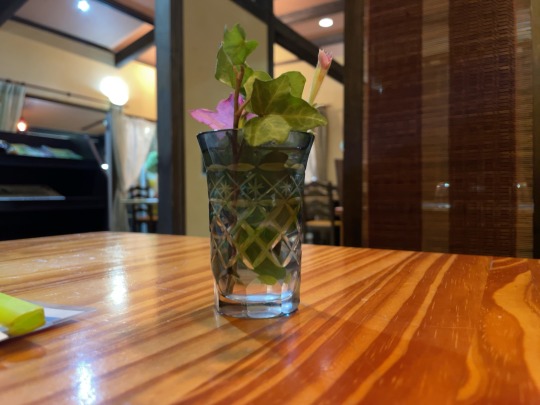
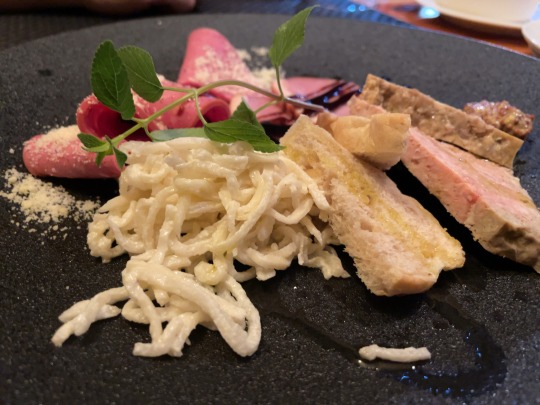
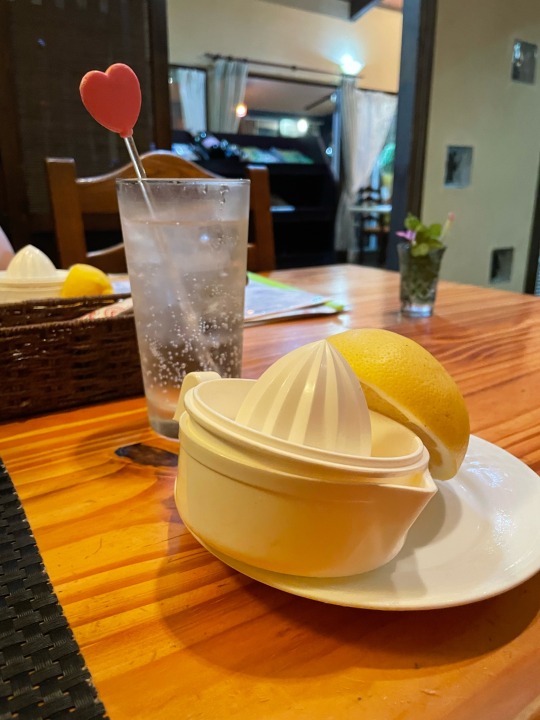
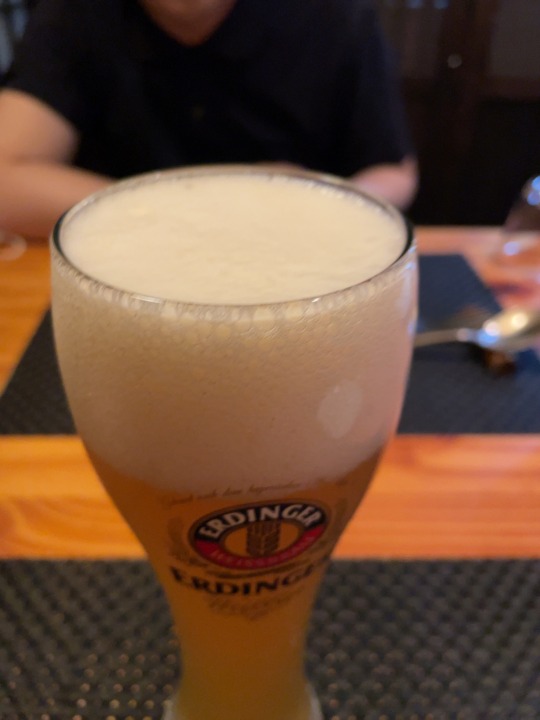


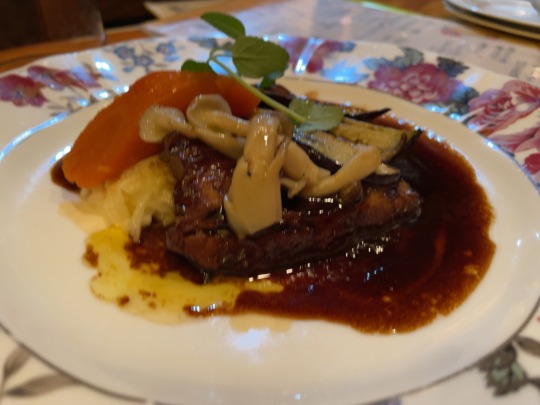
「夜ご飯」
ホテル近くに飲み屋がないぞ!イタリアンなお店に行ってきました。うまかったな。バルサミコソースうまかったな。鴨の燻製もうまかったな。久々のドイツビールも美味かったな。
55 notes
·
View notes
Text
Constantly aware I'm not where I need to be in terms of quality.
#txt post#I need to get back to studying#polish those fundamentals#ポストが伸びないと#やっぱり俺のレベルが低いんだって再確認させられる#アルゴリズムのあれこれもあるだろうけど#それはどうしようもないし#自分の実力を上げるしかない
6 notes
·
View notes








